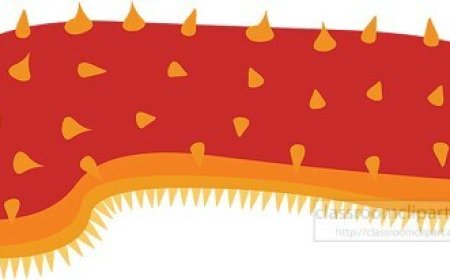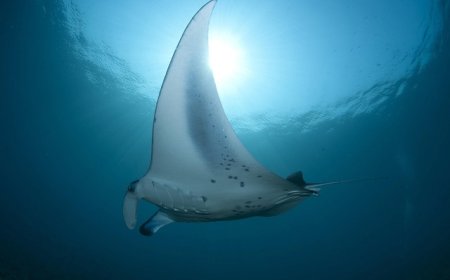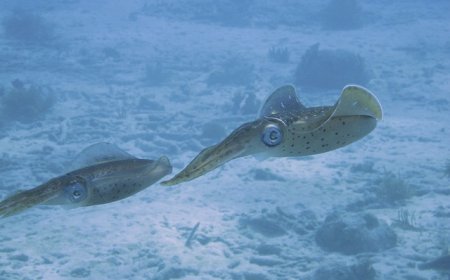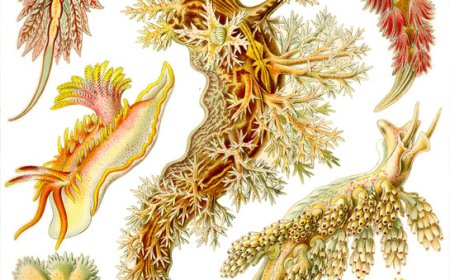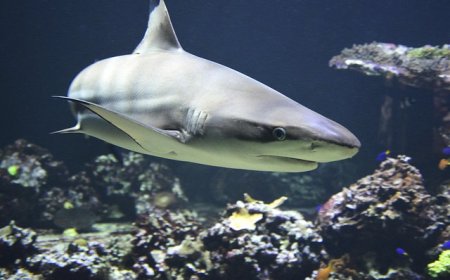All About Octopuses: Smart, Shapeshifting Ocean Explorers
Discover the amazing octopus in this full student article! Learn about its brains, arms, camouflage, and behavior. Perfect for students aged 8–16. Includes quiz, vocabulary, and a kid-friendly summary.
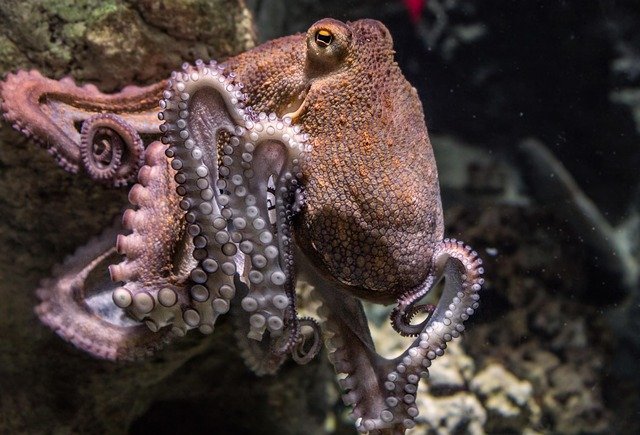
🐙 Octopuses: Smart, Shapeshifting Ocean Explorers
The octopus is one of the most intelligent and mysterious creatures in the ocean. With eight flexible arms, the ability to change color and texture, and no bones at all, octopuses can squeeze into tiny spaces, escape predators, and even open jars!
Octopuses belong to a group of animals called cephalopods, which also includes squid and cuttlefish. There are over 300 species of octopuses, and they live in every ocean on Earth—from coral reefs to the deep sea.
🌍 Habitat and Range
Octopuses live in many different marine environments, such as:
- Shallow coral reefs
- Rocky tide pools
- Seagrass beds
- Sandy and muddy seafloors
- The deep sea
They are found in oceans all over the world, from tropical waters to the cold seas near the Arctic and Antarctic. Some octopuses live in dens or burrows, which they create by digging or hiding in crevices.
🧠 Intelligence and Behavior
Octopuses are considered the most intelligent invertebrates. They can:
- Solve puzzles
- Use tools, like coconut shells or rocks
- Escape tanks and traps
- Learn from experience
- Recognize individual humans
Each arm has its own mini brain, and the octopus’s main brain controls complex decision-making. Octopuses use their smarts to hunt, hide, and explore. Some, like the mimic octopus, can even copy the shape and movement of other sea animals.
🦑 Body and Adaptations
An octopus’s body is soft and boneless, except for a hard beak similar to a parrot’s. This allows it to:
- Squeeze through tiny gaps
- Hide in shells or cracks
- Move in any direction
Key features:
- Eight arms with hundreds of suction cups that can feel, taste, and grip
- A siphon for jet propulsion
- Three hearts—two for the gills and one for the body
- Blue blood using copper-based oxygen carriers
Octopuses can also regrow lost arms!
🎨 Camouflage and Defense
Masters of disguise, octopuses can change:
- Color (via chromatophores)
- Texture (with skin muscles)
- Shape to mimic rocks, coral, or other animals
When threatened, they may:
- Squirt ink to confuse predators
- Jet away quickly
- Detach an arm to distract attackers
Their camouflage is so effective it can seem to vanish them before your eyes!
🐟 Diet and Feeding
Octopuses are carnivores, feeding on:
- Crabs and shrimp
- Clams, snails, and other mollusks
- Small fish
- Worms
They hunt mostly at night, grabbing prey with their arms and using their beak to break shells. Some even inject venom to paralyze it.
🍼 Life Cycle and Reproduction
Most octopuses live just 1–2 years (longer in the deep sea). Females:
- Lay thousands of eggs
- Guard them without eating
- Die shortly after they hatch
Hatchlings are tiny, independent, and must fend for themselves from day one.
⚠️ Threats and Conservation
While not globally endangered, octopuses face:
- Overfishing where they are prized as seafood
- Pollution (plastics & chemicals)
- Climate change altering ocean conditions
- Habitat loss (reef destruction)
Ethical concerns also arise around their treatment in labs and farms. Conservation efforts include marine protected areas, sustainable fishing, and reducing ocean pollution.
🎉 Fun Facts About Octopuses
- They have three hearts and blue blood.
- Some species can bioluminesce.
- They squeeze through holes the size of a coin.
- The mimic octopus can imitate up to 15 different animals.
- Their brain-to-body size rivals that of birds and dogs.
🧠 Vocabulary List
- Cephalopod – Marine animals with arms, like octopuses and squid
- Siphon – Tube-like organ for jet propulsion
- Chromatophores – Skin cells that change color
- Beak – Hard mouthpart used to crush prey
- Regeneration – Ability to regrow lost body parts
- Camouflage – Blending in to avoid detection
- Venom – Toxin used to subdue prey
- Invertebrate – Animal without a backbone
- Intelligence – Ability to learn and solve problems
✅ Octopus Quiz: Eight Arms of Awesome
- How many arms does an octopus have?
A. Six B. Eight C. Ten D. Four
Answer: B. Eight - What do octopuses use their arms for?
A. Swimming only B. Gripping, tasting, and feeling C. Just decoration D. Hearing
Answer: B. Gripping, tasting, and feeling - What is special about an octopus’s body?
A. It glows B. It has bones C. It’s soft and boneless D. It breathes through its eyes
Answer: C. It’s soft and boneless - How do octopuses move quickly?
A. Wiggling arms B. Tails C. Jet propulsion with a siphon D. Kicking
Answer: C. Jet propulsion with a siphon - What happens after a female lays eggs?
A. Goes hunting B. Guards them and dies C. Eats the eggs D. Leaves the ocean
Answer: B. Guards them and dies
🧒 Kid-Friendly Summary
Octopuses are amazing, eight-armed sea creatures with incredible smarts. They change color, hide in tiny spaces, squirt ink, and even open jars. Though their lives are short, they’re curious explorers who help keep our oceans healthy.


















































